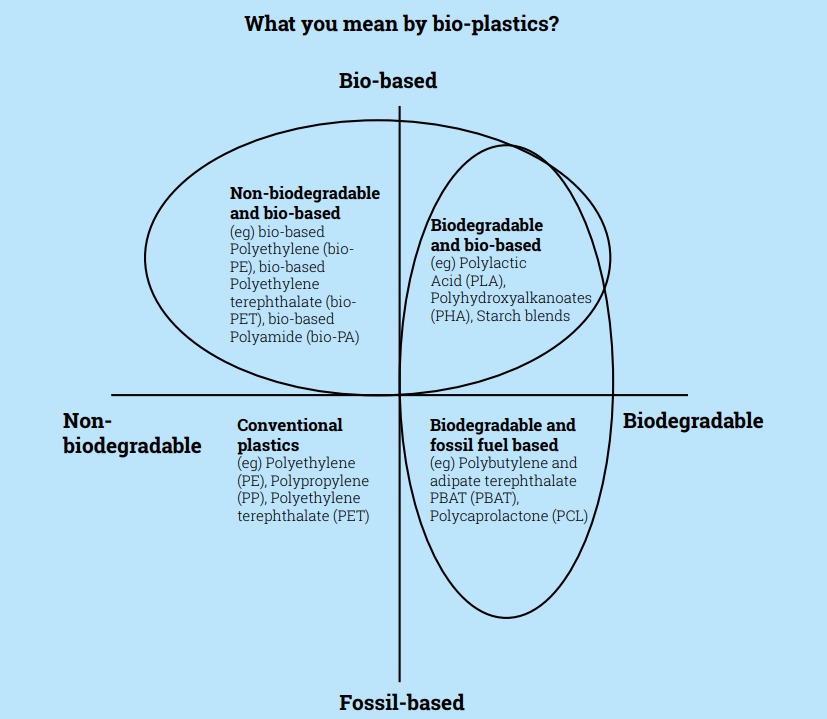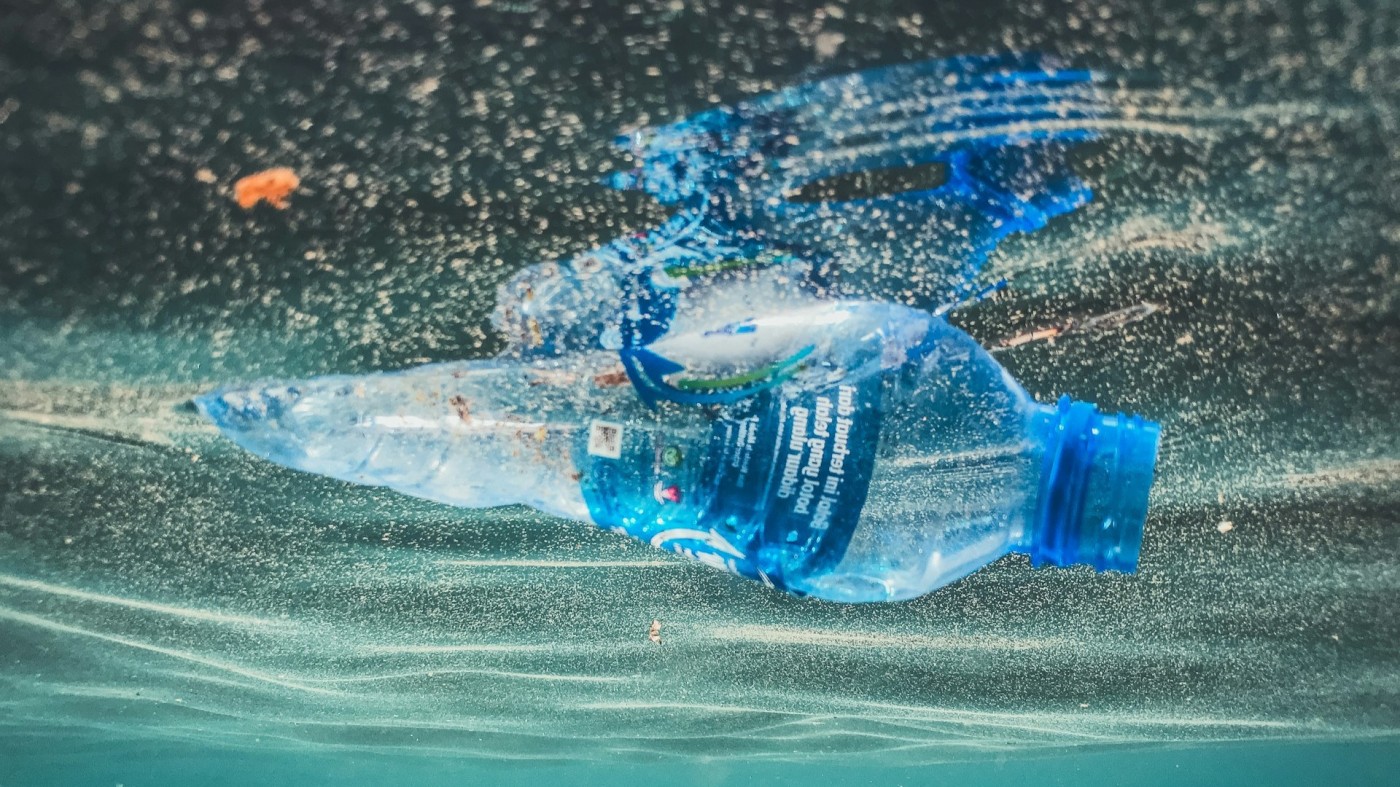ScienceDaily is reporting that large quantities of particularly small microplastics in the remote marine protected areas such as north-west of Hawaii, a fact that belies calculations of the forecast model. “Microplastics are most likely distributed much further across the oceans than previously assumed. We actually found plastics at all of our sampling stations. There were no samples without plastics. So, we can’t assume that plastics are causing problems mainly in the known accumulation areas – the problem is much bigger and actually affects the entire ocean ecosystem,” according to Prof Annika Jahnke, coordinator of the MICRO-FATE project.
The scourge of plastic pollution has reached crisis proportions, with marine environments bearing the brunt of our addiction to single-use plastics. Countless images of pristine beaches strewn with plastic waste and marine life entangled in discarded nets have become all too familiar. While efforts to reduce, reuse, and recycle plastics are underway, a more fundamental shift in the materials we rely on is imperative. Enter marine bioplastics – a promising solution that could reshape our relationship with plastics and the oceans.

Marine bioplastics are a class of biodegradable polymers derived from marine organisms like algae, shellfish, or fish waste. Unlike conventional plastics, which can persist in the environment for centuries, these materials are designed to break down naturally in marine environments, minimizing their environmental impact. This unique property is aimed at applications where biodegradability in oceans is desirable, such as fishing gear, single-use packaging for seafood products, or disposable utensils used in coastal areas.
The advantages of marine bioplastics extend beyond their biodegradability. Utilizing waste streams from the seafood industry and aquaculture operations, the production of marine plastics aligns with the principles of a circular economy, where waste is transformed into valuable resources. This not only reduces the environmental burden but also creates economic opportunities by unlocking new revenue streams from materials previously considered waste. Firms producing common single-use plastics can utilise these properties to promote a more sustainable business model. Most than most, the food and beverage industry would find the most benefit as plastic water bottles alone amount to 14% of total waste in the ocean, followed by food wrappers at 12%. Disposable cups, straws and cutlery collectively amount to 5%.

Current developments in marine bioplastics are promising, with companies and researchers exploring a range of products, from compostable packaging materials to biodegradable fishing nets and ropes. However, significant challenges remain in scaling up production and improving material properties to match the performance and cost-effectiveness of conventional plastics. According to Oceana, not all bioplastics are biodegradable, as biodegradability depends on the chemical structure than the source of their materials. Secondly, not all bioplastics will degrade at sea. Many of the bioplastics will degrade in specific environments, or in industrial compositing facilities. Oceana goes into detail with more criticism against bioplastics, all the while promoting the reduce, reuse and recycle approach. Overcoming these hurdles will require a concerted effort from industry, academia, and governments. Collaboration is key to advancing research and development, establishing pilot projects and demonstration facilities, and creating the necessary infrastructure and supply chains for widespread adoption.

Policy support and incentives will also play a crucial role in mainstreaming marine bioplastics. Clear regulations and standards for biodegradability claims, coupled with tax credits or subsidies for production and use, can level the playing field and encourage investment in this emerging industry. Policies must account for common plastics at sea, their degradation time, the validity of marketing and labelling items as biodegradable and transparency of when items are compostable versus biodegradable in nature.
Ultimately, the success of marine bioplastics hinges on consumer awareness and demand. Educating the public on the benefits of these sustainable materials and creating market pull through eco-labelling and sustainable consumption campaigns is essential. As consumers become more conscious of the environmental impact of their choices, they will seek out products that align with their values, driving further innovation and adoption of marine bioplastics.
The potential of marine bioplastics extends beyond addressing plastic pollution; it represents a fundamental shift towards a more sustainable and circular economy. By harnessing the power of nature and embracing waste as a resource, we can transform our relationship with plastics and protect the very marine environments that inspired this groundbreaking solution.
As the tide of public awareness rises and stakeholders unite in their efforts, marine bioplastics could soon become a ubiquitous part of our daily lives, ushering in a new era of responsible production and consumption. The time to embrace this promising solution is now, for the sake of our oceans and the planet we all share. However, a criticism arises against marine bioplastics from an environmentalist’s perspective. The ‘reduce, reuse, recycle’ adage first and foremost enforces reduction. Marine bioplastics are tying the last loose end of recycling by making it a non-issue. A mass-scale introduction of marine bioplastics will encourage anti-sustainable capitalism to thrive by opting for an easy solution when compared to the fundamental shift necessary to truly achieve a sustainable and circular economy. The efforts being made in marine bioplastics are commendable as they solve a growing issue in our society, but it should not be looked at as an end-all solution to plastic waste generation and the circular economy.
Photo by Naja Bertolt Jensen
